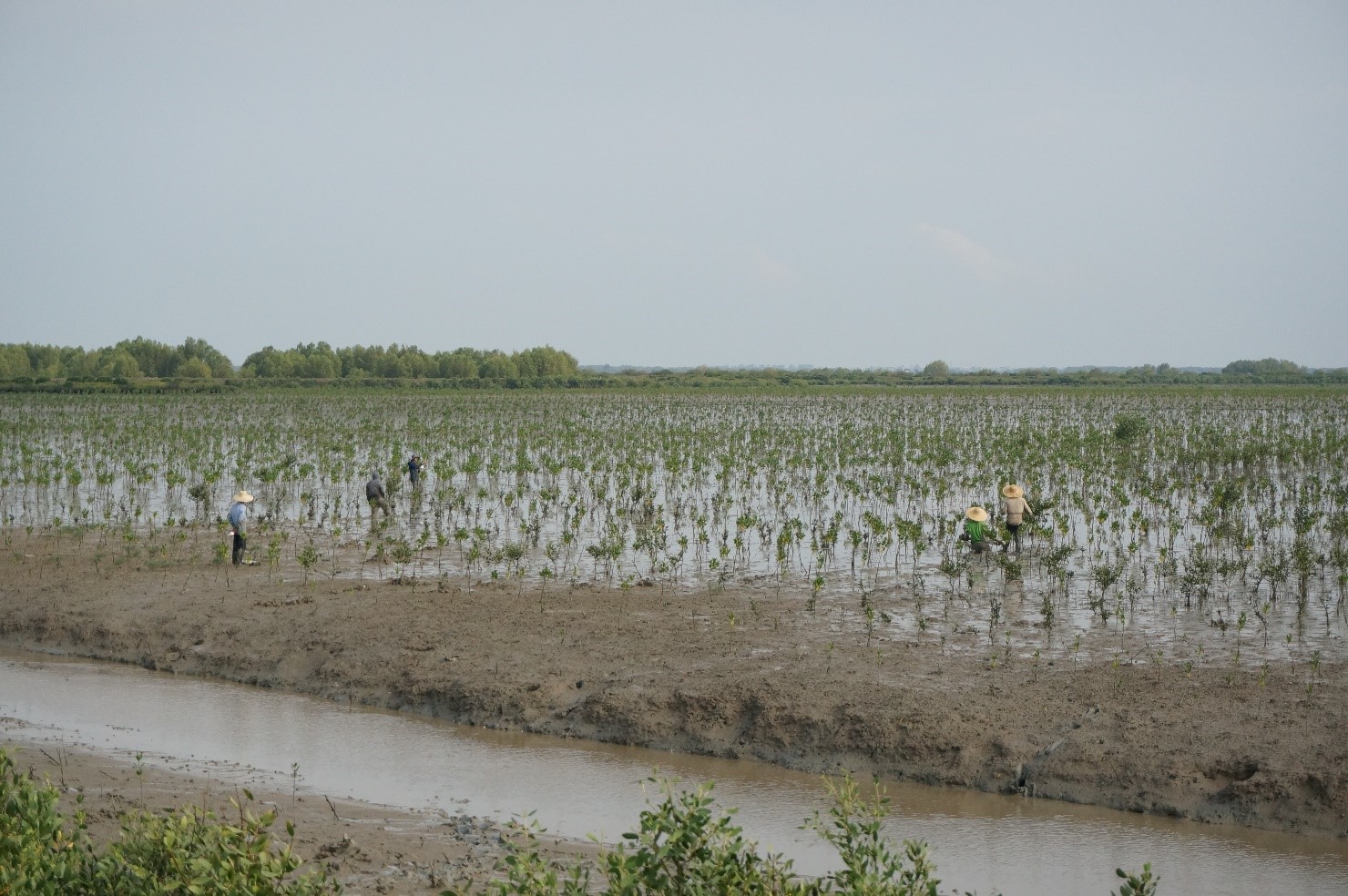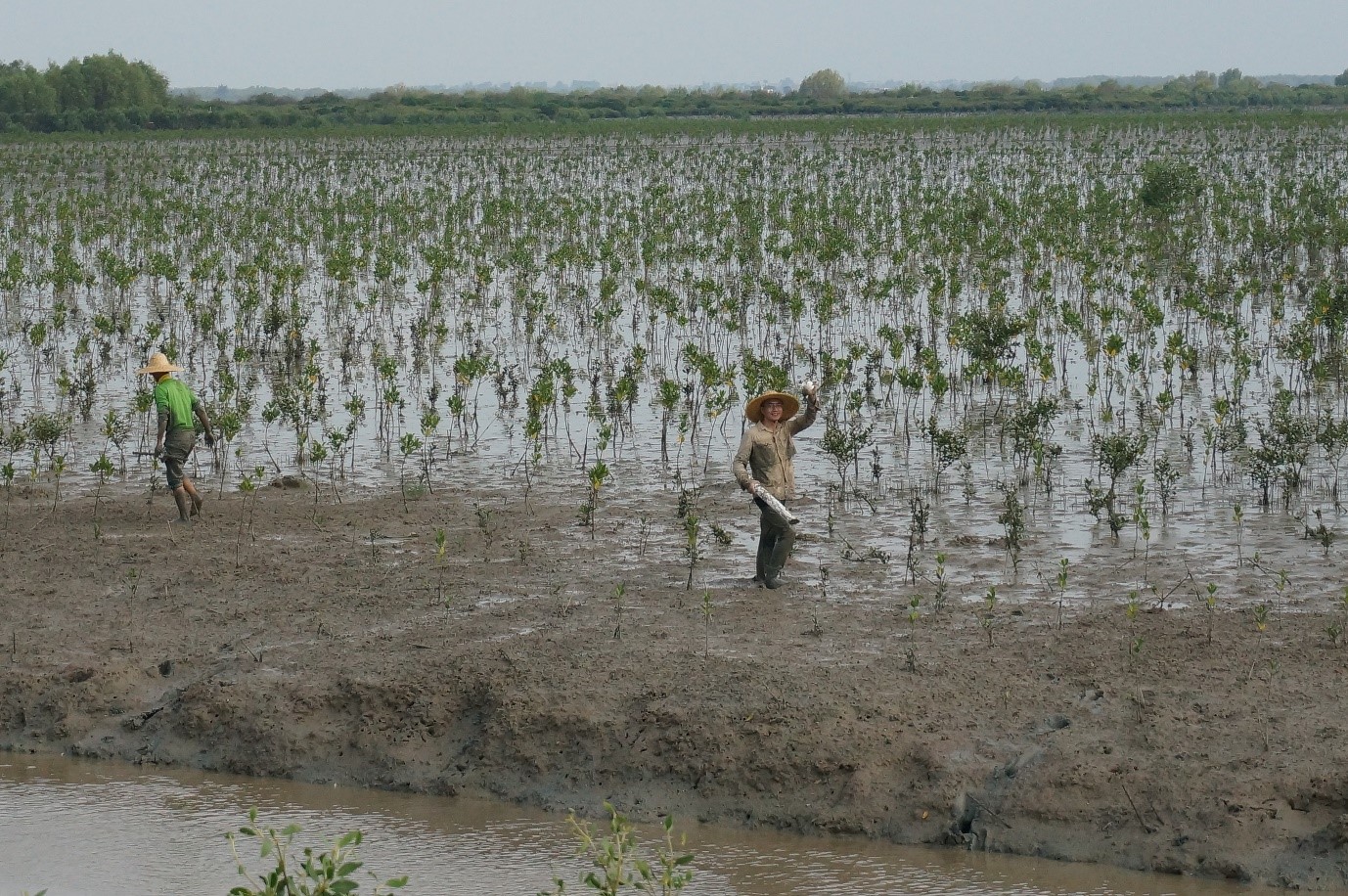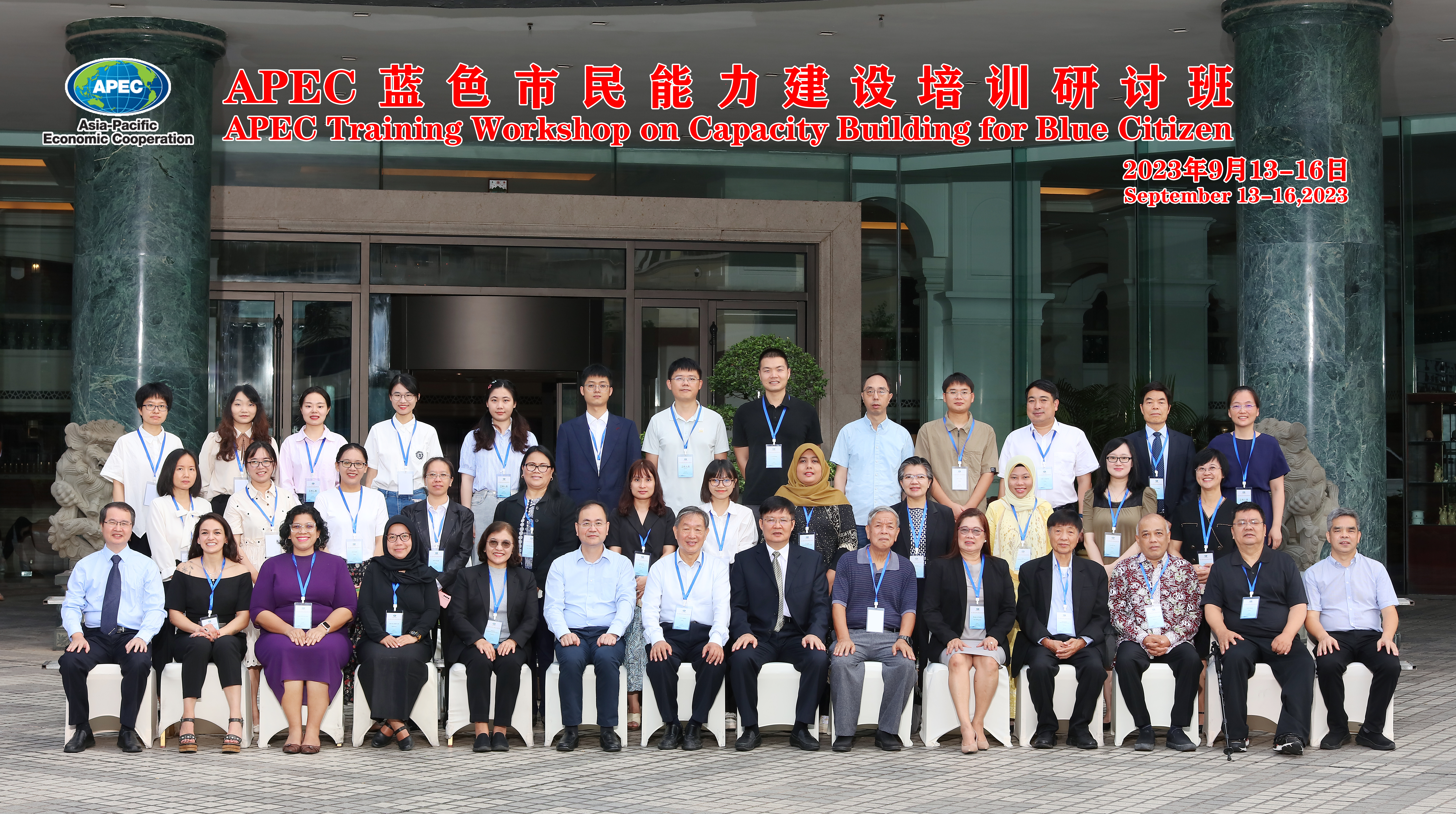
China’s First Blue Carbon Trade Project
Release Time:2021/06/04
Zhanjiang Mangrove Afforestation Project (VCS Registered ID 2343) has been successfully registered on March, 2021, as a Verified Carbon Standard (VCS) project, and certified by both VCS and the Climate, Community & Biodiversity Standard (CCB). It is not only the first Chinese mangrove carbon sequestration project as well as the first blue carbon project developed in the carbon market, but also the first mangrove carbon trade project that received VCS and CCB certifications worldwide.
The project was proposed by the Third Institute of Oceanography, Ministry of Natural Resources of China (TIO-MNR) and completed in cooperation with the Guangdong Zhanjiang Mangrove National Nature Reserve Administration. This project includes 380 hectares of mangroves rehabilitated in the protected area from 2015 to 2019, and is expected to produce 160,000 tons of carbon dioxide reduction credits from 2015 to 2055. At present, SEE Foundation has reached a purchase intention agreement with the project proponent and plans to purchase the first 5880 tons of carbon dioxide emission reduction verified by the project. The profit of the Zhanjiang project will be used for the maintenance of the rehabilitated sites and community participation.


Scientists are conducting the field sampling
Coastal wetlands, such as mangroves, salt marshes and seagrass meadows, are blue carbon ecosystems playing important roles in climate change mitigation, adaptation, biodiversity conservation, and community benefit. Including Blue Carbon in market-based climate mechanism could result in significant funding for coastal ecosystem protection and restoration. However, compared with terrestrial forest ecosystems, blue carbon has attracted limited attention in the carbon trade market practices.
In China, the conservation and restoration of coastal wetlands received great attention and a number of restoration projects have been undertaken in recent decades. These efforts, as a nature-based solution, contribute substantially to climate change mitigation and adaptation, and also produce important economic, social, and ecological benefits and values. The development of the Zhanjiang project provides a successful example of value realization of carbon credit of mangrove rehabilitation project, and marks the start of project earnings sustaining the mangrove rehabilitation.
-
APEC Marine Sustainable Development Center participated in 21st APEC Oceans and Fisheries Wo...08/01/2023
-
International Atomic Energy Agency Training Webinar in Tracer Oceanography was held echoing ...06/09/2023
-
1ˢᵗ Core Expert Group Workshop of APEC Marine Sustainable Development Report III Held04/28/2023
-
IAEA Collaborating Center for Marine Environmental Isotope Analysis Settled in TIO12/09/2022
-
Research Progress on the Degradation of Polystyrene by Plastic-eating Marine Benthic Polychaete and their Gut Microbiome04/01/2024
-
Deep-sea Microbial Genetic Resources: New Frontiers for Bioprospecting02/02/2024
-
Progress from marine-derived Fungus01/31/2024
-
Deep-sea bacteria involved plastic biodegradation and microplastic generation01/18/2024
-
New progress in Late Pleistocene sea level change and tectonism control on the formation of the Old Red Sand along the southeastern coast of China01/10/2024
-
Dr. Lin Longshan’s team has made new progress in Antarctic fish biodiversity research12/08/2023

